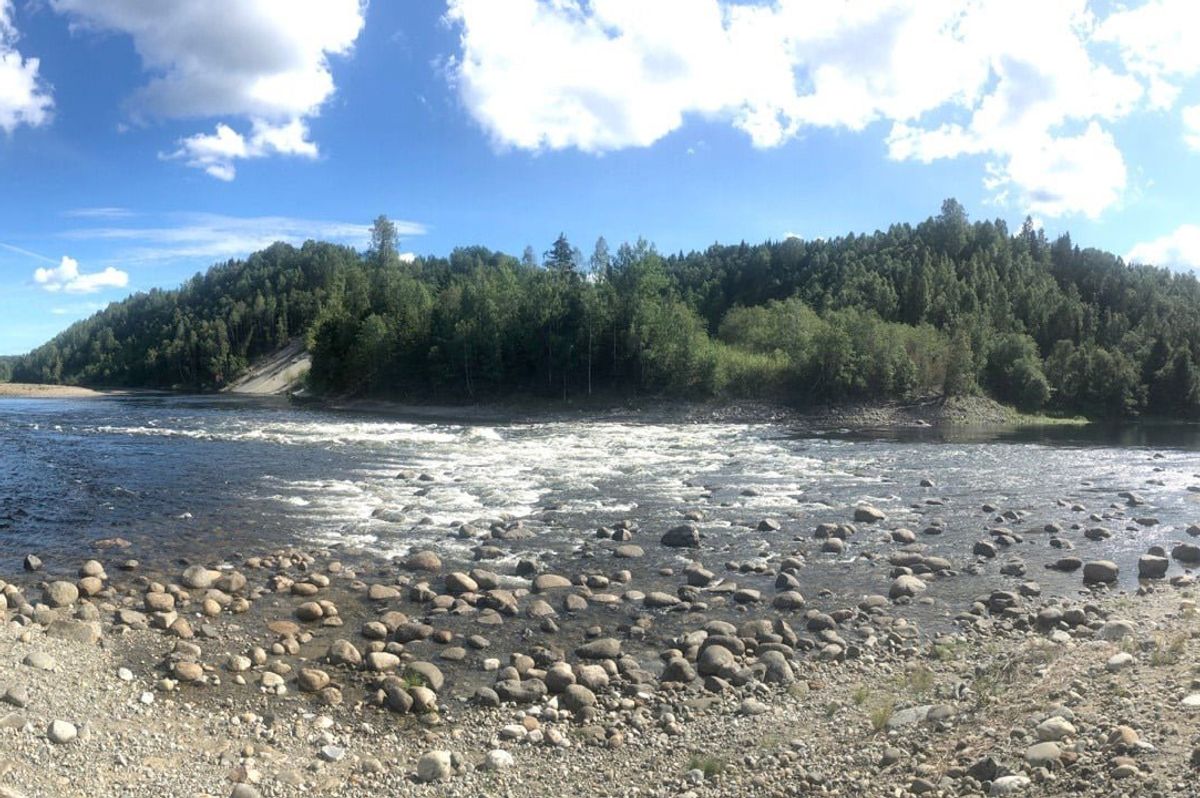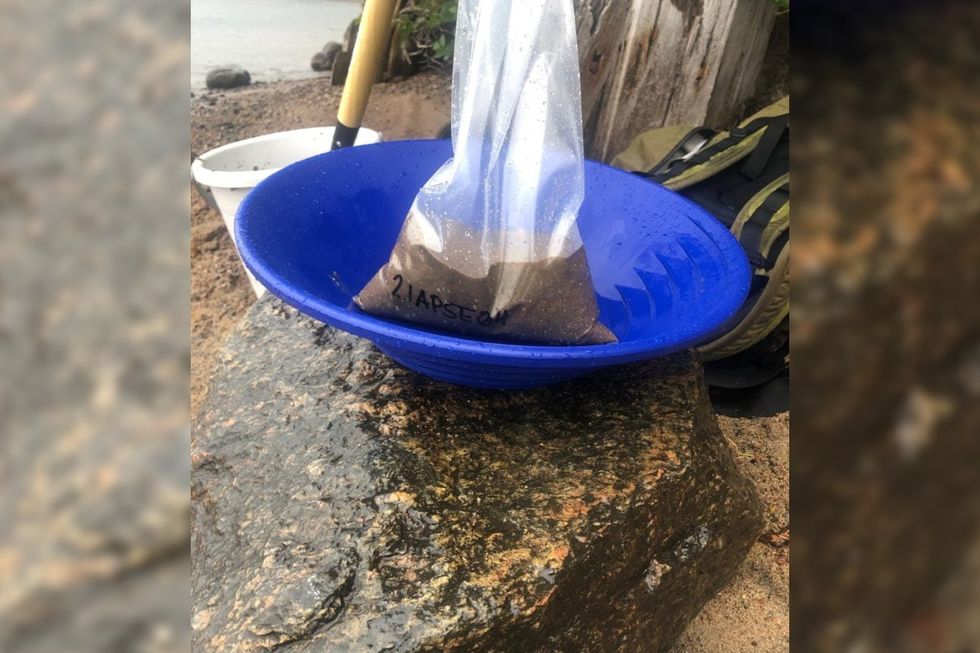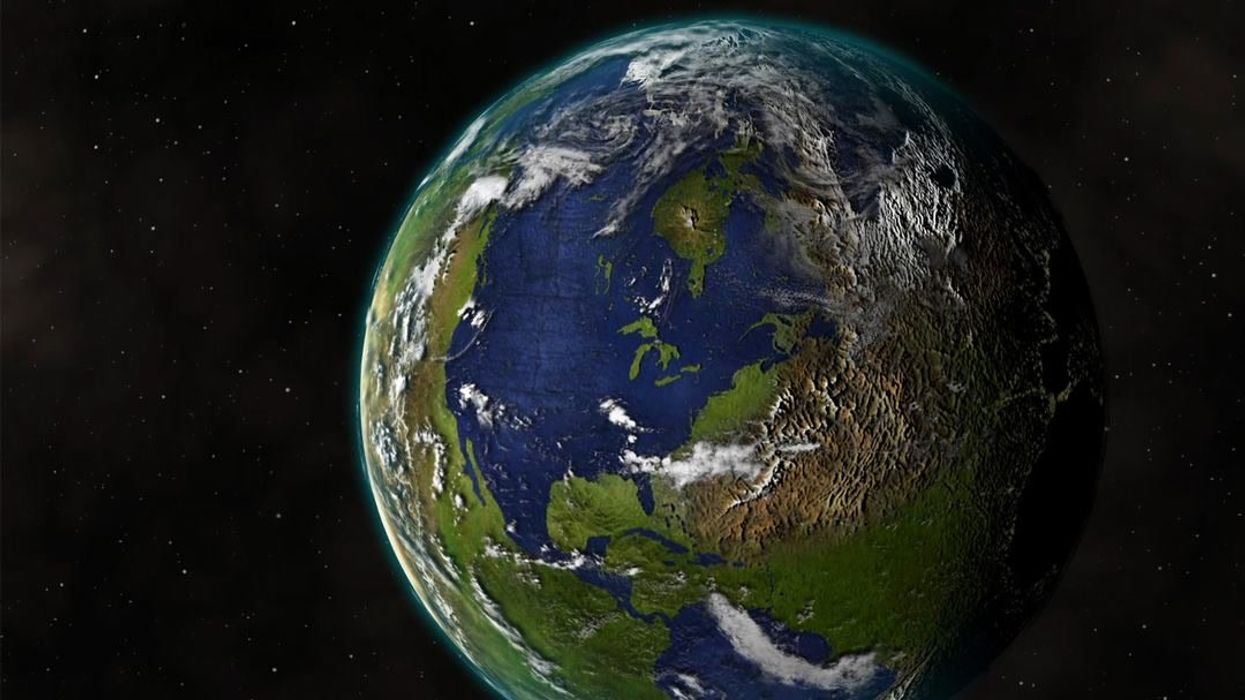Science & Tech
Harriet Brewis
Mar 26, 2024
What If Earth’s Topography Was Inverted?
Underknown / VideoElephant
New research has proven just how unique our world is compared to other planets in the solar system.
Nestled in Finland, among some of Northern Europe’s oldest mountains, scientists have uncovered a previously hidden part of the Earth’s crust, that points more than 3 billion years back in time.
The discovery sheds light on how continents are formed and suggests that the foundations of Denmark and Scandinavia were actually “born” in Greenland some 3.75 billion years ago.
“Our data suggest that the oldest part of Earth’s crust beneath Scandinavia originates in Greenland and is about 250 million years older than we previously thought,” Professor Tod Waight, a geologist at the University of Copenhagen, said in a statement.
He and his colleagues found traces of the ancient crust in the mineral zircon, whose chemical fingerprint matched those of some of the oldest rocks on the planet, found in West Greenland.
“The zircon crystals we found in river sand and rocks from Finland have signatures that point towards them being much older than anything ever found in Scandinavia, while matching the age of Greenlandic rock sample,” researcher Andreas Petersson, who also worked on the study, said.
“At the same time, the results of three independent isotope analyses confirm that Scandinavia’s bedrock was most likely linked to Greenland.”

Denmark, Sweden, Norway, and Finland sit atop a section of the Earth’s crust known as the Fennoscandian Shield, or the Baltic Shield.
Waight, Petersson and their colleagues believe that this shield broke away from Greenland as a “seed” and shifted for hundreds of millions of years until it “took root” where Finland is today.
Here, the plate continued to grow as new geological material accumulated around it, until it eventually transformed into Scandinavia.
It is worth noting that at the time of the crust’s detachment from Greenland, the planet looked very different from the world we know today.
“Earth was probably a watery planet, like in the movie Waterworld, but without any oxygen in the atmosphere and without emergent crust,” Prof Waight explained.
“But, because that’s so far back in time, we can’t really be sure about what it actually looked like.”
According to his team, the very fact that Earth has a continental crust composed of granite sets it apart from its galactic neighbours.
“This is unique in our solar system,” Petersson noted. “And, evidence of liquid water and a granite crust are key factors when trying to identify habitable exoplanets and the possibility of life beyond Earth.”

Furthermore, better knowledge of how our foundations were created is key to our understanding of how life came to blossom.
As Petersson put it: “Understanding how continents formed helps us understand why ours is the only planet in the solar system with life on it. Because without fixed continents and water in between them, we wouldn’t be here.
“Indeed, continents influence both ocean currents and climate, which are crucial for life on Earth.”
In addition, the new research contradicts established methods that have so far been used to calculate how continents have grown – especially during the first billion years of Earth’s history.
“The most commonly used models assume that Earth’s continental crust began to form when the planet was formed, about 4.6 billion years ago,” Prof Waight explained.
“Instead, our and several other recent studies suggest that the chemical signatures showing growth of the continental crust can only be identified about a billion years later.
“This means that we may need to revise much of what we thought about how early continents evolved.”
His study adds to previous research that found similar “seeds” from ancient crusts in other parts of the world.
“Our study provides us with another important clue in the mystery of how continents formed and spread across Earth – especially in the case of the Fennoscandian Shield. But there is still plenty that we don’t know,” Weight said.
“In Australia, South Africa, and India, for example, similar seeds have been found, but we’re unsure of whether they all come from the same ‘birthplace’, or whether they originated independently of one another in several places on Earth.
“This is something that we would like to investigate more using the method we used in this study.”
Sign up for our free Indy100 weekly newsletter
Have your say in our news democracy. Click the upvote icon at the top of the page to help raise this article through the indy100 rankings
Top 100
The Conversation (0)













